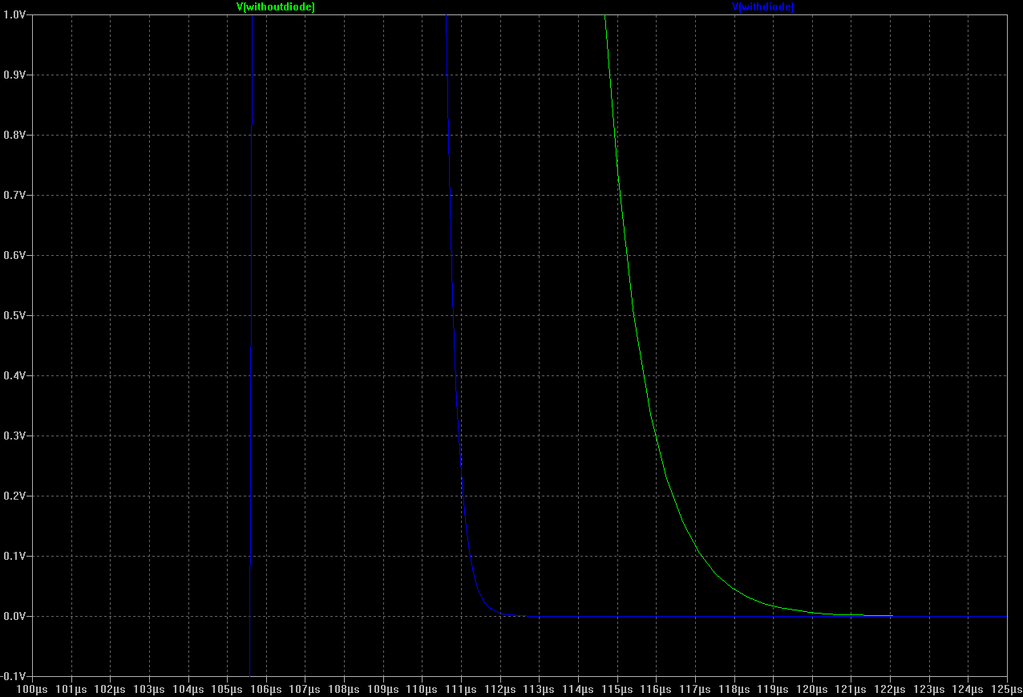Hey again, all,
I managed to get a copy of a nice schematic capture and router program (ISIS and ARES Pro with modules),
so I've started 'playing' with the HH schematic.
Been busy learning how to run the software, so this first attempt could use some 'peer review', please.
All I've done so far is to replace the 7880 (IC1) with a virtual ground circuit (and re-route the power grid to accommodate it).
ATM, I have the design set up for VCO only.
The spice sim worked fine up to TP4 (after I added C15 to account for the coil model, however, C15 isn't in the routed layout).
The small 'scope' with the colored wires is not part of the circuit, it's just for the modeling.
Unfortunately, I don't have the spice model for the 74HC221's, so my sims had to stop there.
I know it's not the cleanest drawing, but, hey, my first try. I'm sure those familiar with the HH can figure it out, np.
Anyone see any major screw-ups? I know I still need to add connector blocks, etc., but I think the layout should work.
I kept Carl's tags for signal in/outs and TPs, but not component tags or pwr.

I'm working on replacing the timing/clock circuitry with a PIC chip next.
Any thoughts? Thanks, GTB
I managed to get a copy of a nice schematic capture and router program (ISIS and ARES Pro with modules),
so I've started 'playing' with the HH schematic.
Been busy learning how to run the software, so this first attempt could use some 'peer review', please.
All I've done so far is to replace the 7880 (IC1) with a virtual ground circuit (and re-route the power grid to accommodate it).
ATM, I have the design set up for VCO only.
The spice sim worked fine up to TP4 (after I added C15 to account for the coil model, however, C15 isn't in the routed layout).
The small 'scope' with the colored wires is not part of the circuit, it's just for the modeling.
Unfortunately, I don't have the spice model for the 74HC221's, so my sims had to stop there.
I know it's not the cleanest drawing, but, hey, my first try. I'm sure those familiar with the HH can figure it out, np.
Anyone see any major screw-ups? I know I still need to add connector blocks, etc., but I think the layout should work.
I kept Carl's tags for signal in/outs and TPs, but not component tags or pwr.
I'm working on replacing the timing/clock circuitry with a PIC chip next.
Any thoughts? Thanks, GTB




Comment